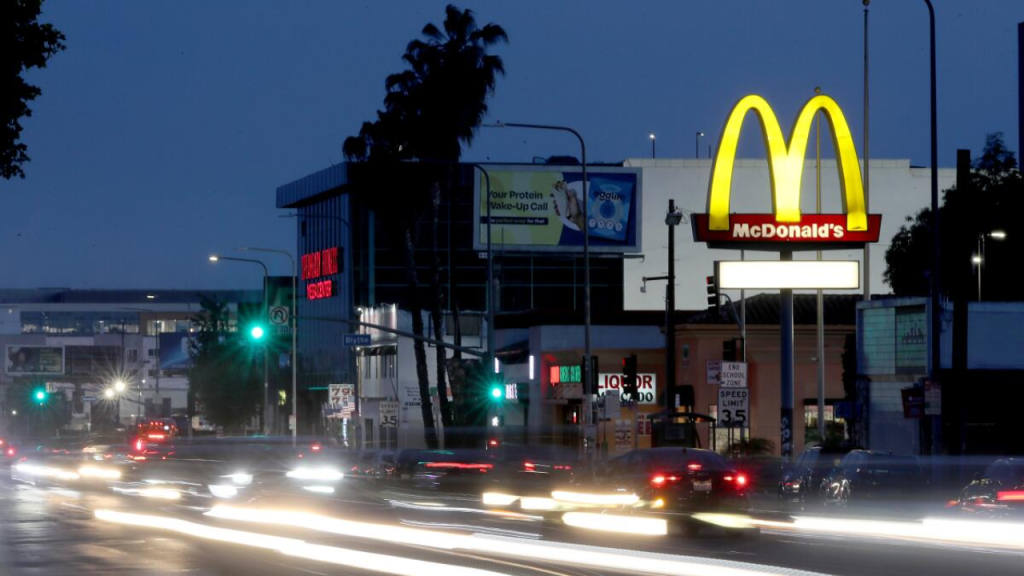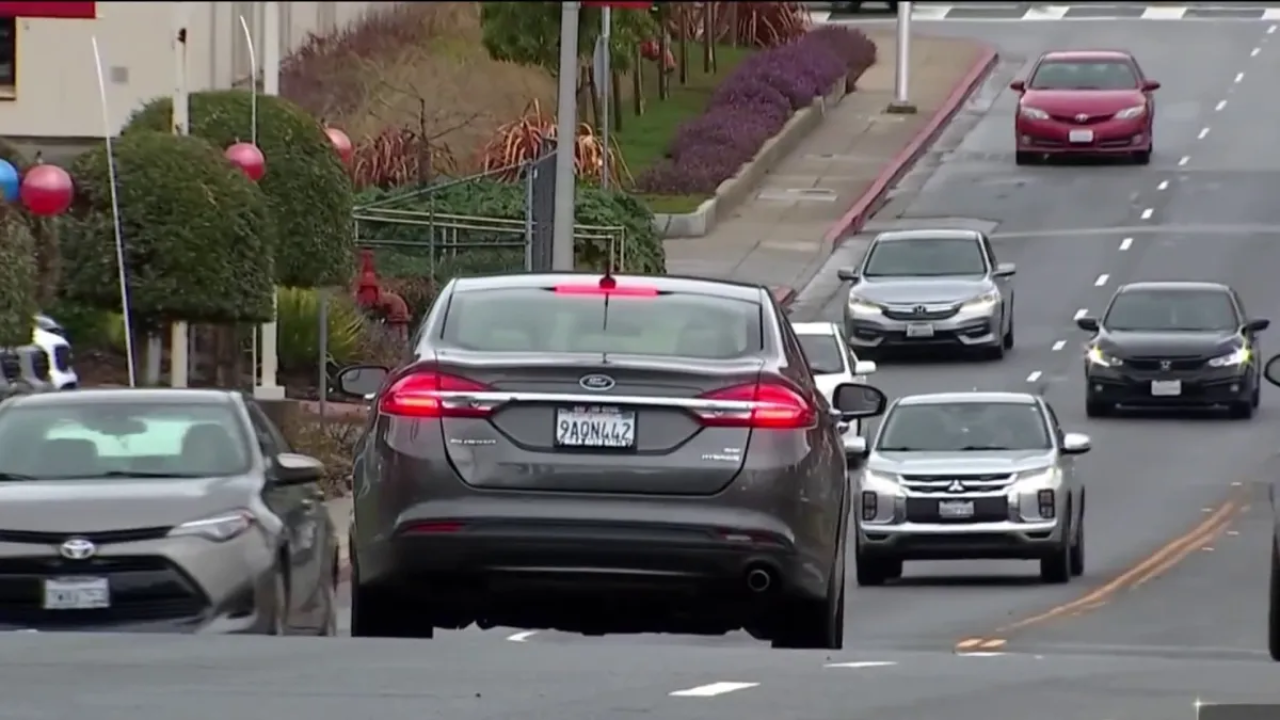Pocatello News Post –In a bold stride towards enhancing road safety, California is on the cusp of a transformative legislative change. State Senator Scott Wiener has introduced Senate Bill 961, a pioneering proposal aimed at curbing the rising tide of traffic fatalities through the adoption of speed-limiting technology in vehicles. This bill, targeting implementation by 2027, mandates the installation of speed governors in all new and sold cars, trucks, and buses within the state’s jurisdiction.
These devices are engineered to automatically restrict vehicles from exceeding 10 mph above the posted speed limits, a measure poised to significantly mitigate the risks associated with high-speed driving. The context of this legislative move is underscored by the alarming increase in traffic-related deaths in California.
Official statistics paint a grim picture, with 4,407 lives lost in 2022 alone, marking a stark 22% escalation from the figures reported in 2019. Senator Wiener articulates this initiative as a critical step forward in the state’s ongoing efforts to safeguard its roads and communities. The envisioned integration of speed-limiting devices represents a proactive approach to reining in the speed factor, often a critical element in the severity and frequency of road accidents.
However, the proposition has not been met without skepticism and opposition. Critics, represented by voices like Todd Spencer, President of the Owner-Operator Independent Drivers Association, argue that such technological constraints could inadvertently compromise driver safety. The concern hinges on potential scenarios were accelerating beyond speed limits might be necessary for evasive maneuvers or to avert imminent hazards.

This perspective underscores a fundamental debate on the balance between automated safety interventions and the preservation of driver autonomy and judgment. Senate Bill 961 not only highlights California’s leadership in legislative innovation for road safety but also ignites a broader discourse on the role of technology in regulating and enhancing driving behaviors.
As the bill navigates through legislative scrutiny, it beckons a pivotal moment in transportation policy, potentially setting a precedent for nationwide and even global adoption of similar safety measures. The dialogue surrounding this bill extends beyond the confines of speed regulation, touching upon deeper themes of governmental intervention, personal freedom, and the ethical dimensions of leveraging technology for public safety.

